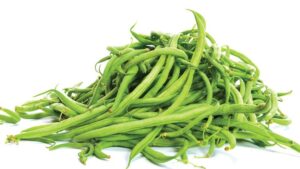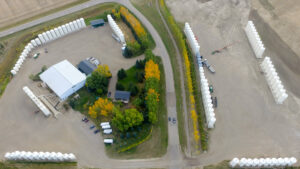“Being a seed grower is not what it used to be.” “We need to get our industry back.”
Have you heard these statements before? Are seed growers as we know them being pushed towards extinction? Should we be on the endangered species list, just like cougars and American buffalo? Maybe not quite yet, but there are some definite challenges our segment of the business is facing.
At one time, the typical seed grower was part of a family farm working with seed distributors and publicly-funded plant breeders to bring varieties to the marketplace. This type of seed grower still exists but has new brethren to welcome into the family. The growth of the contract grower has been difficult for the traditional grower/retailer to deal with and fully accept. The role and definition of the seed grower in Ontario is different from that in Saskatchewan. What they have in common is that they grow seed. The difference is their roles once that seed is cleaned.
Compounding the confusion around the role of the seed grower is the industry is changing at a rapid pace with the hybridization of crops and the recent private investment in traditional publicly bred crops like wheat. When you are unsure of your role, and you also foresee more change, the resulting feeling can be stress.
Through time the seed grower’s reputation has been built on a foundation of quality. This will never change, but the cost of ensuring this quality has. Traditionally, reputations were based upon the length of time spent in the business and historical production success. With the globalization of the seed industry, quality processes have been standardized. This means increased costs which include modernized seed bins, specialized handling equipment, higher levels of staff training and specific seed conditioning equipment. Since many of the traditional seed farms across Canada are small, they have difficulty justifying their future involvement in the business.
On the production side, Canadian seed growers are facing competition from American, South American and Australian growers. On the retail side, the industry has consolidated significantly when compared to 30 years ago. On top of a consolidated corporate structure, public funding of variety development is on a significant decline. Fewer genetic suppliers mean fewer available relationships, which results in intense competition. In the 1960s, ’70s and ’80s, competition was limited. Selling seed consisted of putting an ad in the paper and then waiting for all of your neighbours to drive onto your scale. As a seed grower you are now in competition with independent retailers and grain companies that have a professional sales staff, genetic ownership and supporting agronomy networks.
There is no doubt that as seed growers we are facing many challenges. We still have opportunities to be successful seed growers, but we have to adjust our strategies and methods of operations in order to regain significant relevance in what has become a global industry. When I talk to seed growers across the country one thing is certain: They love the seed business and just want a place at the table in the future. For some of us, extinction is not an option or desired.
Shaun Haney, Haney Farms and RealAgriculture.com
NEW DEPARTMENT: Giant Views will feature hard-hitting commentary from leaders in the seed industry on hot topics affecting your seed business now and in the future. To give feedback on this issue’s column or share your views on a different topic, email issues@issuesink.com.












